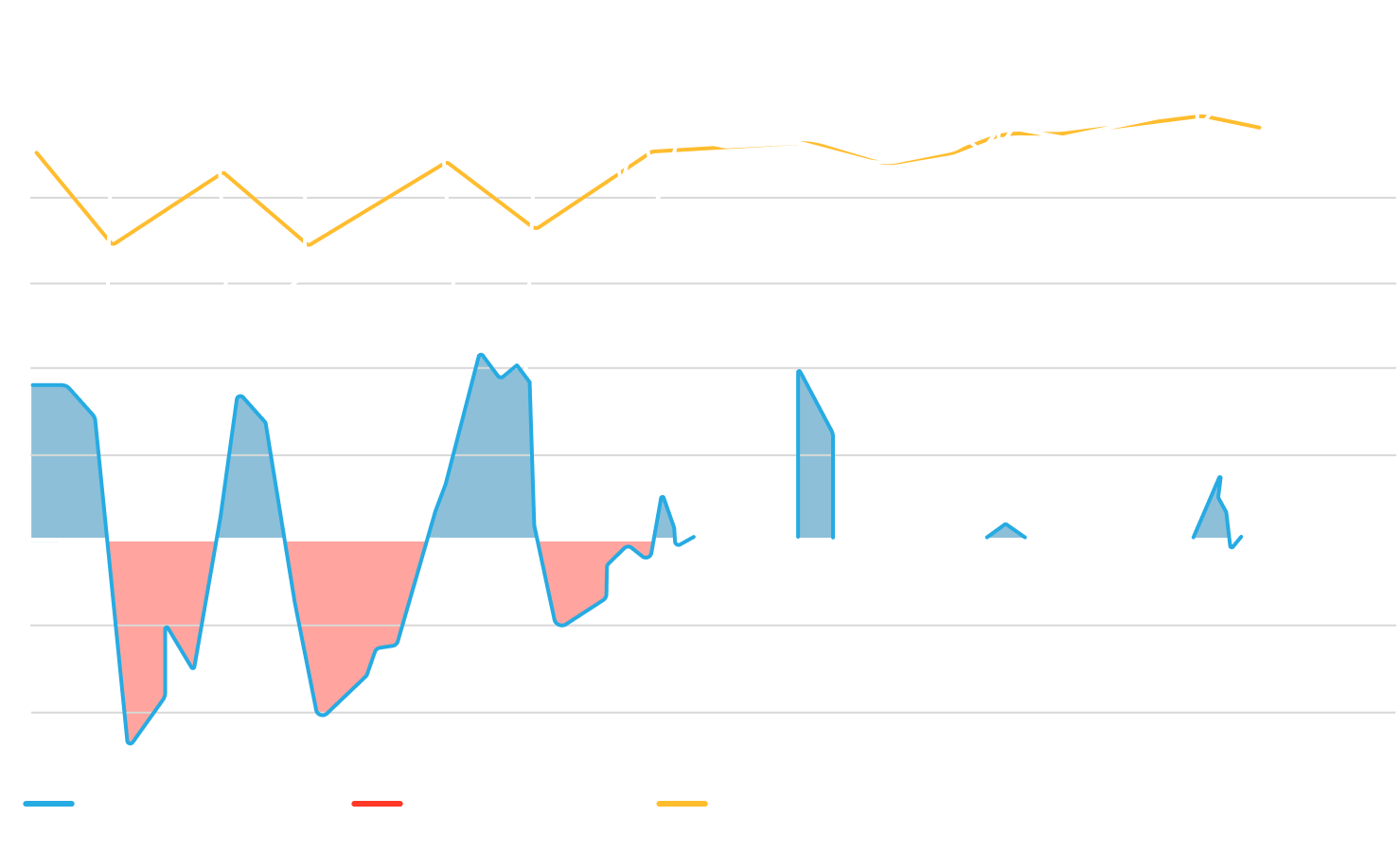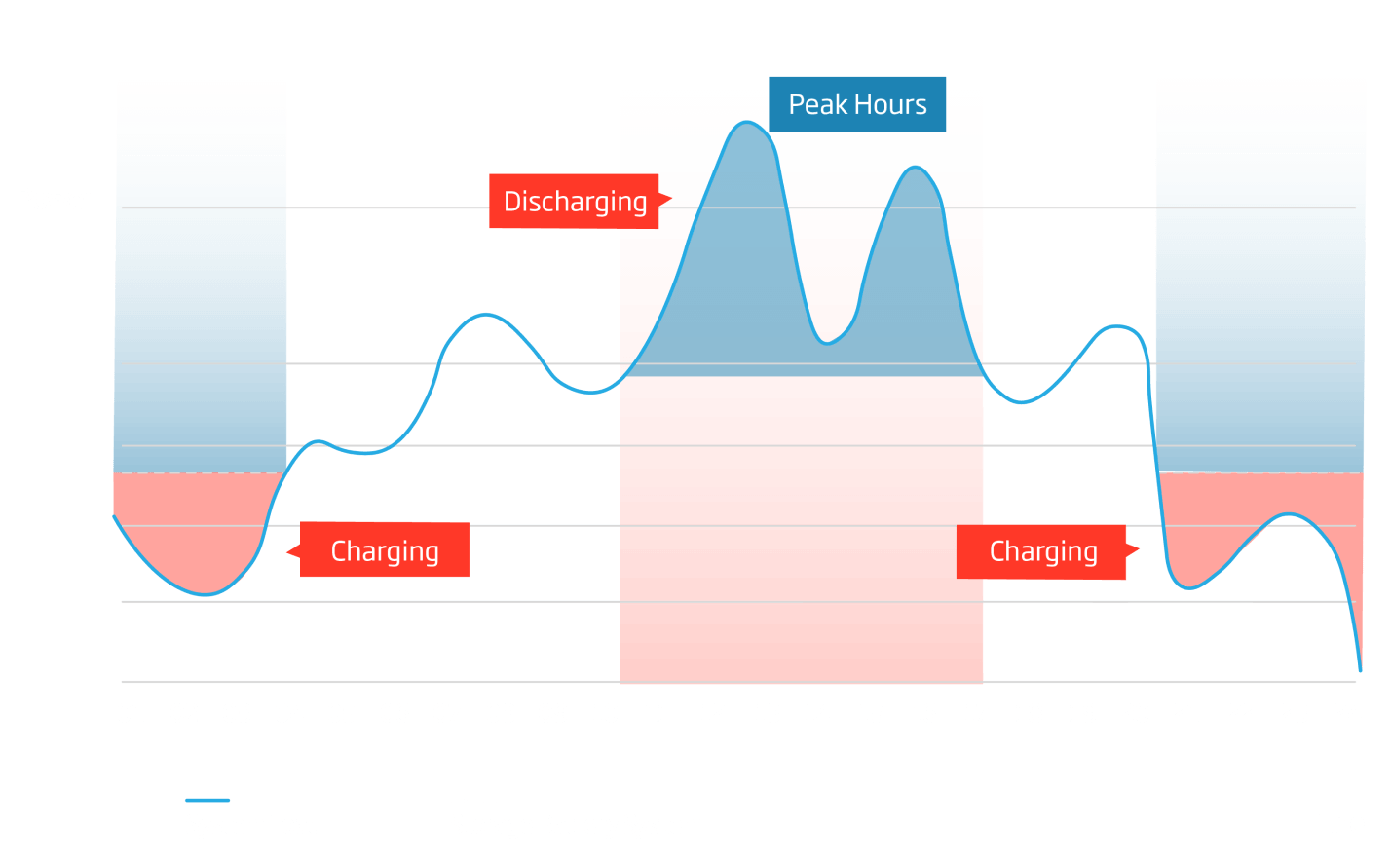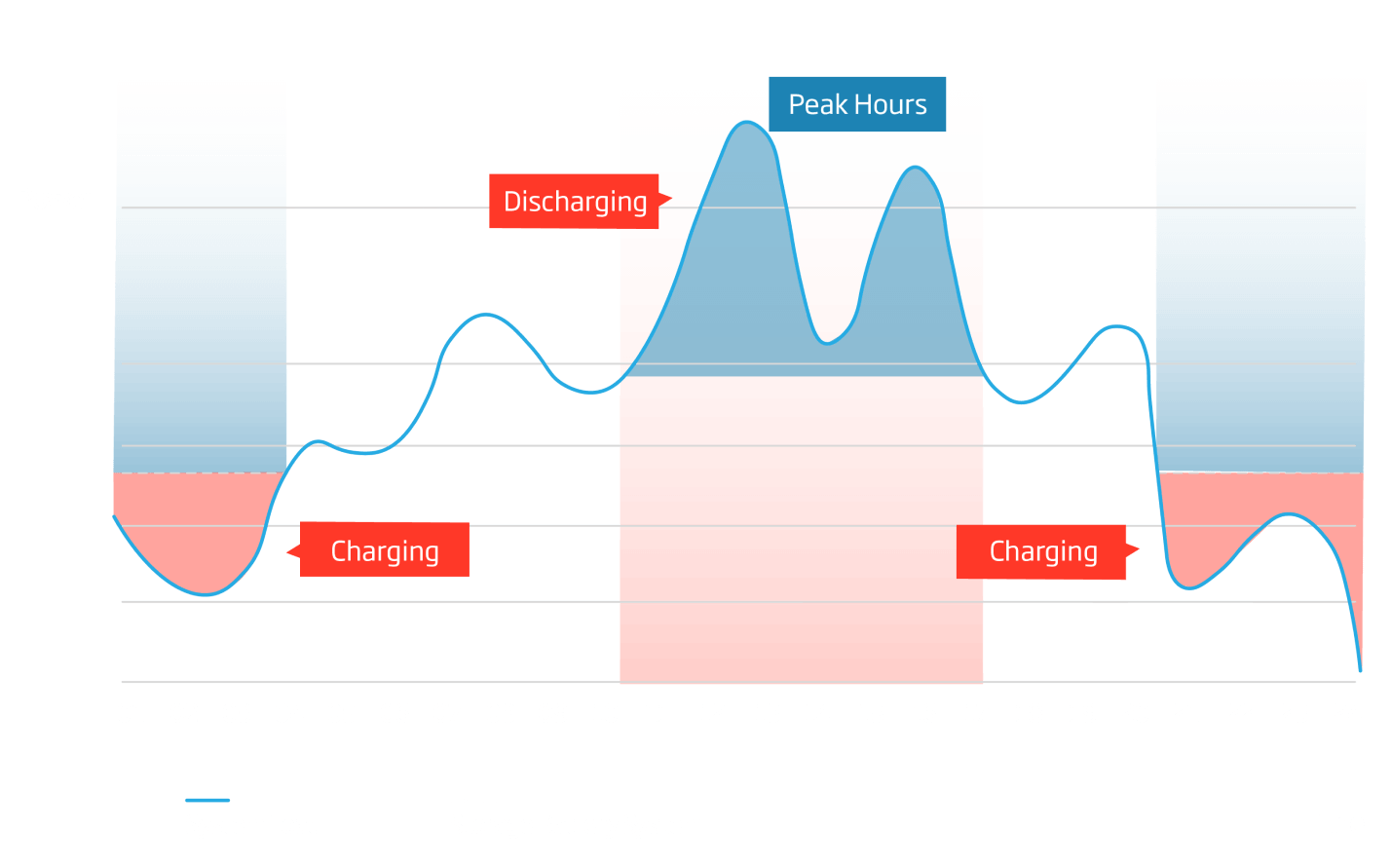Solar + Storage
Advanced, Flexible, High-efficiency ESS.
Smart design with an optimized and cost-efficient solution
Tier 1 hardware and software
Trustworthy, expert partner network and strong supply chain
Up to 20-year warranty
Flexible solutions designed for each customer’s needs
Renewable Integration
Energy Shifting
Curtailment Avoidance
Renewable Integration
As wind and solar energy adoption continues to grow, energy grids can be impacted by the intermittent
nature of RE sources. Incorporating battery storage technology is the most cost-effective option for the
safe and successful integration of renewables. Other benefits of renewable integration include the
management of short-term variability on the power grid and a modernization of the grid.

Energy Shifting
Energy storage can be utilized to shift the peak generation from the PV system as energy demand
fluctuates. It saves energy during periods when demand is low. Installed storage captures solar energy
and allows local utilities to be more independent in their energy mix. Energy shifting enables
organizations to get the maximum revenue from their PV generator, enabling higher DC/AC ratios for PV
plants as well as time-variant grid injection.
Various options:
? Sell energy at higher market price during peak periods (arbitrage)
? Supply electricity with a higher renewable proportion

Curtailment Avoidance
RE Production may be curtailed by a grid operator for various reasons, such as increasing the stability
of
the network. At the same time, energy storage allows PV excess energy to be stored and delivered when
needed.

AC/DC Coupled Solutions
DC Coupled
AC Couple
DC Coupled
Batteries and PV modules share one inverter: PV inverter with a direct connection to PV modules and
connection via DC-DC converter to batteries
→ lower CAPEX due to less equipment

AC Coupled
Batteries and PV modules have their own respective inverters and either share one point of connection
(POC) or have separate POCs (ESS standalone)
→ more operational flexibility

